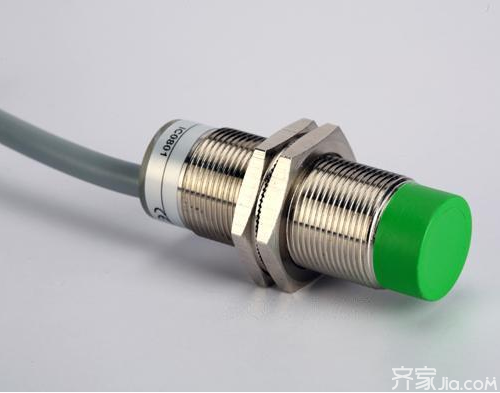Inductive sensors use the principle of electromagnetic induction. The measured non-electricity such as displacement, pressure, flow rate, vibration, etc. is converted into a change in coil self-inductance coefficient L or mutual inductance M, and then converted by the measurement circuit into a voltage or current variation output. . Below, we introduce the application of inductive sensors with Xiaobian.

[Application Field of Inductive Sensors]
An inductive proximity sensor with analog output is an electronic signal generator that measures position deviation. It has a wide range of uses. For example, bending and offset can be measured; the amplitude of vibration amplitude can be measured; the stability of the size can be controlled; the positioning can be controlled; the center-to-center ratio or eccentricity can be controlled.
Inductive sensors can also be used as magnetic sensitive speed switches, Gear age bar speed measurements, etc. These sensors are widely used in textile, chemical fiber, machine tools, machinery, metallurgy, locomotives and other industries sprocket tooth speed detection, chain conveyor speed and Distance detection, gear age count tachometer and car protection system control. In addition, this type of sensor can also be used for small object detection, object ejection control, disconnection monitoring, small parts differentiation, thickness detection and position control in the feed pipe system.
Inductive sensors have outstanding advantages such as simple structure, fast dynamic response and easy non-contact measurement. They are particularly suitable for use in acids, alkalis, chlorides, organic solvents, liquid CO2, ammonia, PVC powder, ash, oil and water. Interface and other liquid level measurements are widely used in metallurgy, petroleum, chemical, coal, cement, and grain industries.
[Inductive Sensor Requirements]

1. The attenuation of the detection distance. Slip is iron, suitable for inductive sensor detection; and the measured size of the warped section is slightly smaller than the standard test object size (standard test object size is 3 times the rated detection distance, in this application, the standard size should be 120120mm), In this case, there will be some attenuation.
2. On-site anti-jamming capability. This is a problem that can not be ignored. Common inductive sensors are easily disturbed by motors or inverters. Many technicians only choose sensors with strong anti-electromagnetic interference for applications in this area. However, in the automobile manufacturing workshop, the factory building is large, and the on-site technicians are accustomed to using the walkie-talkie to communicate. In particular, when talking on the walkie-talkie while walking, they will inadvertently approach the sensor, resulting in temporary failure.
3. Installation. With the popularization of inductive sensors, sensors have not only improved in electrical performance, their mechanical design has become more humane. To achieve the greatest degree of user-friendly installation. Reduced the availability of multiple similar products and reduced installation and maintenance time.
4. The guarantee of stable operation. In the use of the depot, we must eliminate any erosion of oil and dust. In addition, the vibration is a long-term existence when the gliding passes through the track, and the excellent anti-vibration also plays an important role.
Xiao Bian concludes: The above is related to inductive sensors , if you want to know more relevant information, please pay more attention to this site, will provide you with more complete, more detailed, updated information information.
High Temperature Pressure Sensor Switch Sensor Load Cell Level Sensor Liquid Sensor
Positive Yarn Feeder,Yarn Feeder For Crocheting,Positive Yarn Feeders,Positive Yarn Feeding Device
Changzhou Longfu Knitting Co., Ltd. , https://www.czcircularmachine.com